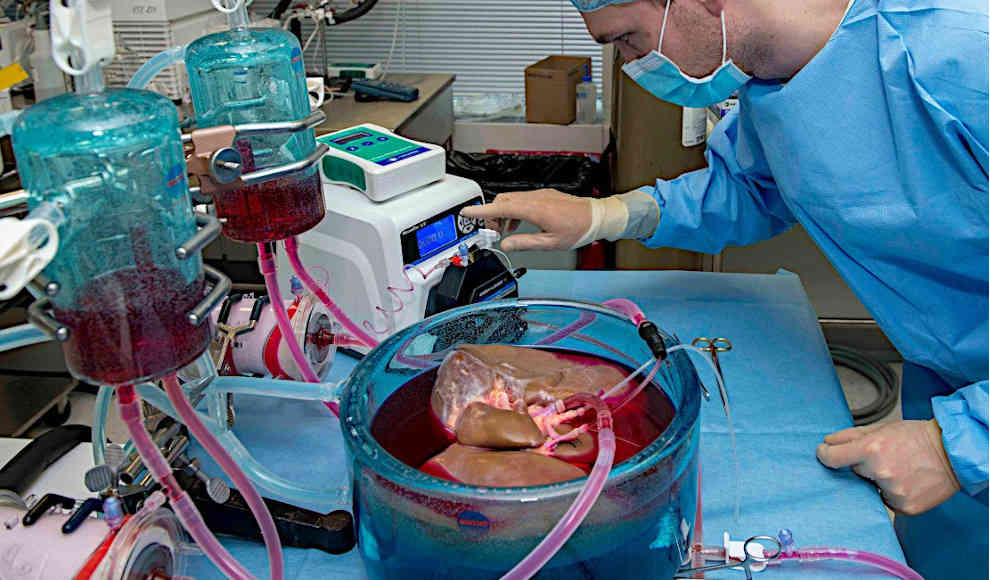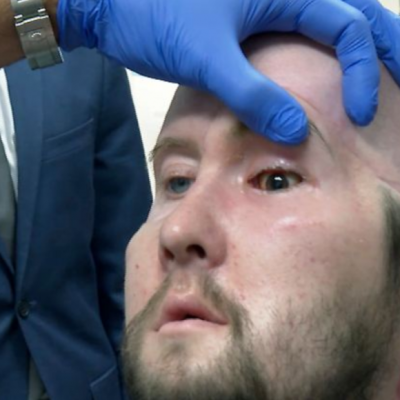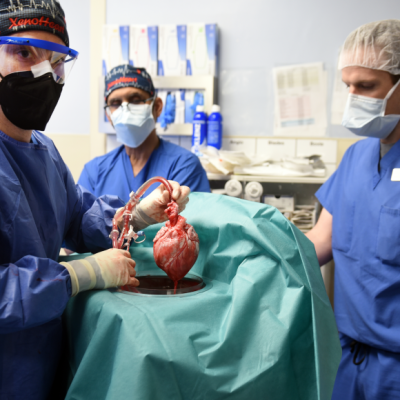A breakthrough in organ transportation has been made by scientists from the Harvard Medical School, the Massachusetts General Hospital, and the National Institute of Biomedical Imaging & Bioengineering. They have developed a method called Supercooling, which allows organs to be transported below freezing point without damaging the tissue. This method has been successfully applied to a human liver, extending the maximum time between removal and transplantation from nine to 27 hours. This gives doctors more time to find a suitable recipient before the organ becomes unusable.
In Germany, approximately 9,500 people are currently waiting for an organ transplant due to severe illness or acute organ failure. The shortage of organ donors and the short time frame between removal and transplantation mean that many treatable patients die. The Supercooling method could help to solve this problem. Instead of transporting organs at four degrees Celsius, the organs are transported below freezing point, preventing the formation of ice crystals that would damage the tissue. The scientists have adapted the Frostschutzmittel solution used for rat organs to make it suitable for human organs. The solution includes 3-O-Methyl-D-Glukose, Trehalose, Glycerin, and Polyethylenglykol, which prevent ice formation and stabilize the cells.
After the donor liver is removed, it is connected to a perfusion machine that guarantees the supply of nutrients and oxygen through an artificial blood circulation. The preservation fluid is also distributed evenly through the natural blood vessels of the organ. The liver is then slowly cooled to minus four degrees Celsius without contact with the air, which increases the risk of sudden crystal formation on the organ surface. The scientists have tested the Supercooling method by bringing the organ back to room temperature using the perfusion machine. The liver remained fully functional even after 27 hours, three times longer than with current cooling methods. If the method passes further tests and a clinical study, it could save valuable time in finding a suitable recipient and transporting the donor organ.










